The film and TV industry is evolving with sustainability in focus, from carbon literacy and green energy solutions to innovative production practices and rigorous environmental standards.
The ecological transformation of the film and TV industry is a complex challenge. The production of a feature film, TV movie, or series requires a broad bandwidth of resources, which are also needed in everyday life. They range from food, clothes, accommodation, energy supply, mobility and transportation, furniture and decoration, and waste management. These resources also encompass office equipment, which includes computers and phones.
For more than a decade, various organisations throughout the world have been dedicating themselves to raising awareness among cast and crew members to take action to reduce their ecological footprint. In the UK, the BAFTA-owned industry organisation albert provides carbon literacy training to inform professionals about the environmental impact of film and TV production. The goal is to help the film and TV industry identify opportunities to become more eco-friendly. The organisation offers various online tools, such as a carbon calculator that has been used by over 3,000 productions. Since 2021 productions can also receive an albert certification by completing a carbon action plan.
The British initiative Cut It, co-founded by Anna Valdez Hanks and cinematographer Sarah Cunningham in 2020, was holding carbon literacy workshops online every week to help crews understand the carbon impact of the film industry. “We realised there was quite a low level of carbon literacy. People obsessed a lot about things like plastic bottles and plastic waste, which are a problem. Nonetheless, these make up only a tiny fraction of the emissions; the two biggest culprits are travel and power”, says Valdez Hanks. “One of the most important actions that can be taken is reducing generator use.”
When filming on a location, productions establish a nearby unit base which is made up of production and technical vehicles that provide catering, hair & make-up, costume, and toilet facilities. Depending on the production’s scale and the number of vehicles that need power, productions may hire a minimum of two high-power diesel generators, which consume an average of 80 litres of diesel per 12-hours of use. According to an analysis conducted by ARUP for Victoria Park, in 2018 production generators consumed about 64,000 litres of diesel and 1,600 litres of petrol, yielding an estimated 170,000 kg of CO2 emitted by generators.
The environmentally damaging use of diesel generators can be reduced when film and TV productions rely on power from the grid. By installing electrical supply cabinets at certain locations, CO2 emissions, air pollutants from particulate matter, and nitrogen dioxide, as well as noise pollution, can be dramatically reduced. As part of the European partnership project Green Screen, Film London examined the supply of green energy available via the main network to eight key Unit Base locations in London. In June 2023, Film London launched the Grid Project by installing an electrical feeder pillar at a key unit base in Victoria Park, London.
“Such an innovative project has never been undertaken in the UK before, so we hope it will create a template for future developments,” emphasised Adrian Wootton, chief executive of Film London. Inspired by the Grid Project, other feeder pillars are being installed in London. Taking into consideration 133 days of film, TV and commercial production, as well as 56 events, there is a real need to provide a clean energy supply on location. Since its launch, the electrical supply cabinet in Victoria Park has been used by 31 film, TV and commercial productions, as well as three by events. All productions demonstrated average loads of under 20 kW, with the majority being under 10 kW. The average daily electricity consumption came down to 245.6 kWh for feature films, and 291.9 kWh for TV series. In total, 60,193 litres of diesel and 6,243 litres of petrol were not used so that 1.58 MT carbon emissions and 405.7 kgN2O were prevented.
“Accurate impact and emissions reporting is crucial. It allows us to identify where to focus our efforts and to better understand the effectiveness of the solutions available to us”, says Louise Marie Smith, managing director of Neptune Sustainability. The availability and accessibility of electric power is also crucial for charging electric or hybrid vehicles. “The necessary charging and refueling infrastructure has historically lagged behind the rollout of low-carbon vehicles. However, with increasing demand, many major national studios have made significant investments in charging infrastructure,” emphasises the sustainability consultant. “When teams are on the road, it’s essential to thoroughly research and highlight the available infrastructure to support their efforts. This can be challenging as it represents a significant shift from the traditional way of operating and may encounter resistance.”
But new challenges can also inspire productions to find new solutions. When the French production company Bonne Pioche planned to shoot the feature film C’est le monde à l’envers!, a story in which electricity and fossil fuels no longer exist, the aim was to match the film’s theme with an “eco-responsible” shoot. The crew used a fleet of 28 electric vehicles which were recharged at a 250 kVA mobile charging van that was developed to charge vehicles used for the Tour de France. Solar panels installed on site and foldout solar modules, in combination with an 11 kWh storage battery, supplied the entire base camp with photovoltaic energy to recharge cameras and batteries on set. “We generated more solar power than we needed,” says Pascal Guerrin, managing director of the French production company Bonne Pioche.
The French production C’est le monde à l’envers! received the 2024 Eisvogel – Prize for Sustainable Film Production, which is awarded to film productions that implement innovative production practices. Endowed with 20,000 euros in its main category and 5,000 euros in the newcomer category, the Eisvogel – Prize for Sustainable Film Production is awarded by the German Federal Ministry for the Environment, the Federal Government’s Commissioner for Culture and Media, and the Heinz Sielmann Stiftung every year on the occasion of the Berlin International Film Festival. To qualify for the prize, the producers must clearly acknowledge their responsibility in reducing the impact of their productions on the environment. Production planning needs to align itself with ecological standards for film productions. The implementation of technical innovations or innovative organisational approaches have to significantly reduce the environmental impact. Applications for the 2025 Eisvogel competition may be submitted online (https://eisvogel-filmpreis.de/en/home_en/) until 15 November 2024.
In Germany, ecological production standards became mandatory for film productions in July 2023. All public film funds, as well as broadcasters and streamers, apply the same ecological production standards that have been tested by productions in a practical lab. The 39 requirements range from mandatory carbon-footprint calculations, the use of green energy, a power grid management system, and efficient lighting, to low-emission vehicles, environmentally-friendly accommodations, vegetarian catering options, multiple usage of sets and decoration materials, and reuse of costumes, all the way up to waste separation. Until now, 21 requirements have been mandatory. “When a producer applies these requirements, he has five jokers,” explains Peter Dinges, chairman of the German Federal Film Board (FFA). “This is only in the beginning. It will become stricter.” Moreover, productions can also apply for a certification with the Green Motion label.
In France, the Centre national du cinéma et de l’image animée (CNC) requires carbon calculation as a condition for providing production support as of 1 January 2024. Similar to regulations already in place in Germany, preliminary, as well as final carbon calculation figures, are required. Acceptable carbon calculators in France are the Carbon Clap by Ecoprod, and the SeCO2 made by the French consulting company Secoya.
The non-profit association Ecoprod has been supporting the environmental transition of the film and TV industry since 2009. Its founding members are Audiens, the CST, Film Paris Region, and the broadcasters Canal +, France Télévisions and TF1. As an association, Ecoprod brings together more than 370 companies, which includes production companies, broadcasters, service providers, unions, film schools, and public institutions. Ecoprod provides green production training for film professionals, and students, as well as free tools for the film and TV industry, such as the Carbon’Clap calculator, green production guides, and studies.
Reference studies, collection of data, the development of tools and guides, as well as extensive consultations with professionals in the audio visual and environmental sectors over the past 12 years, have served as the basis for the development of the Ecoprod Label. The applications of films, ads, and TV shows for certification as a green production is assessed by Afnor Certification, which conducts audits to verify the implementation of measures. In order to qualify for the Ecoprod Label, a production must achieve a score of over 65 percent, and validate the mandatory criteria. In total, the Ecoprod Label guidelines for green production include 80 criteria that cover everything from script to post-production.
A total of 45 feature films, documentaries, TV series, short films, game shows, and commercials that applied Ecoprod‘s label criteria to their productions, formed the research base for the impact analysis of ecologically-friendly film production. While investment in water fountains, bottles, and other sustainable systems are paying off in the medium term, the savings attributable to the abandonment of generators and air travel range between zero and one percent of the total production budget. Of huge ecological benefit is the re-use of costumes and props, as well as the sustainable use of cameras, computers, and other digital equipment.
A broad range of innovative approaches and solutions that are reducing energy and resource consumption in film and TV productions are featured by the European Center for Sustainability in the Media World, which provides industry professionals throughout the world with workshops, lectures, panel discussions, and reports, as well as the German-English language Green Film Shooting magazine, published on the occasion of the International Berlin Film Festival each year since 2013.
In collaboration with the international training program of the StopMo Lab, Green Film Shooting developed a sustainable stop-motion animation curriculum to train writers, directors, puppet makers, art directors, and producers throughout the world. The challenges in the stop-motion animation world go beyond mere carbon calculation. Hazardous substances used in synthetic materials and textures, paint, and glue for stop-motion animation are harmful to human health as well as to the environment, so studios must provide their employees with safety instructions, respirators, and gloves. One result of the intense exchange of information with experts is the Green StopMo Card Guide, which features minimum ecological standards for studios, production companies, freelancers, and students.
-
Words: Birgit Heidsiek













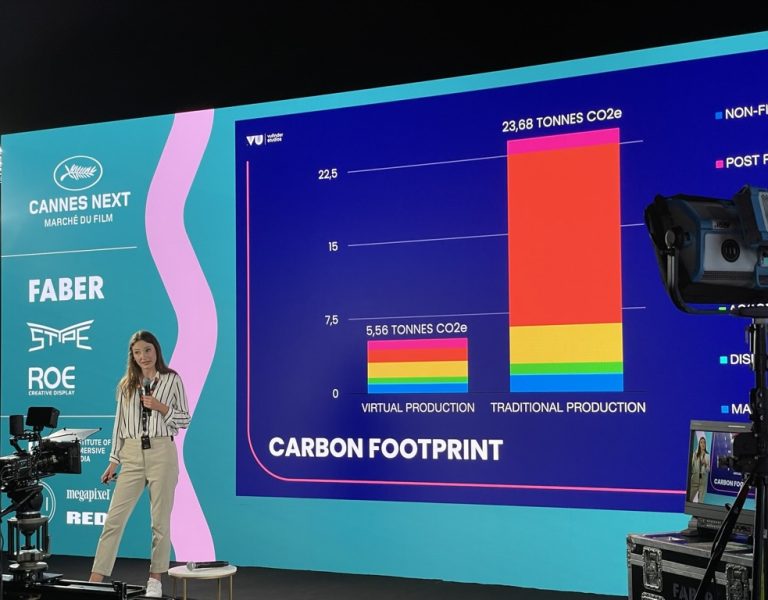
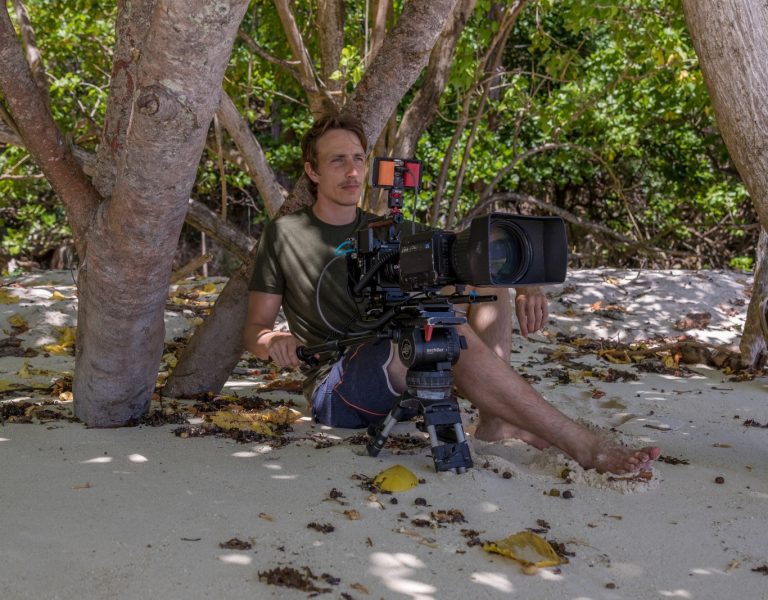

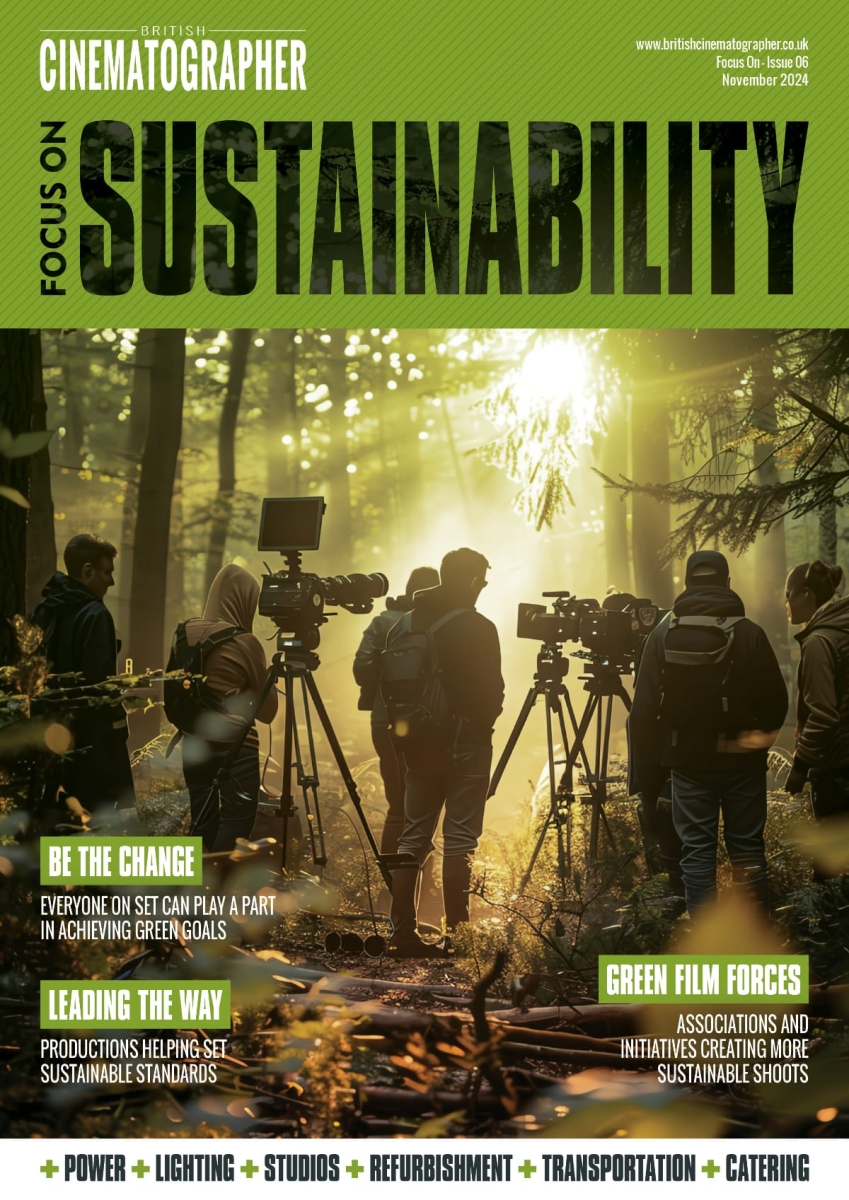
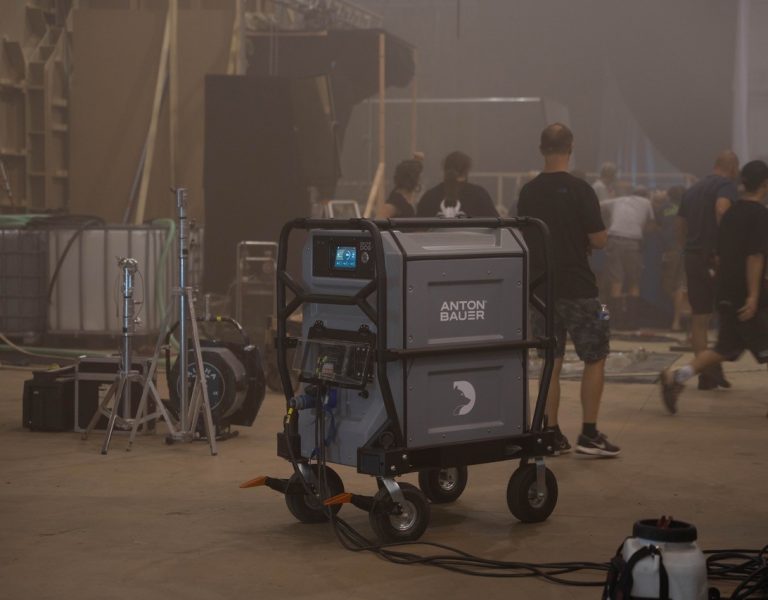
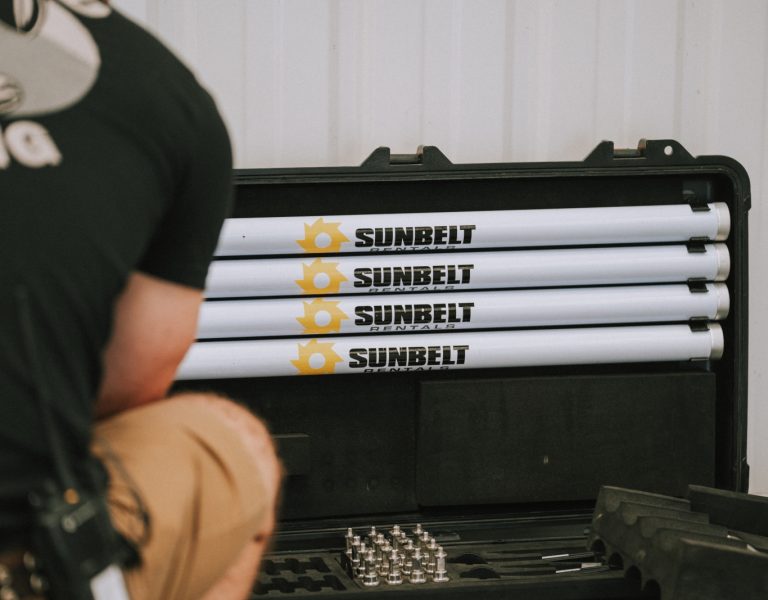




Comment / Karl Liegis, head of production, 60Forty Films